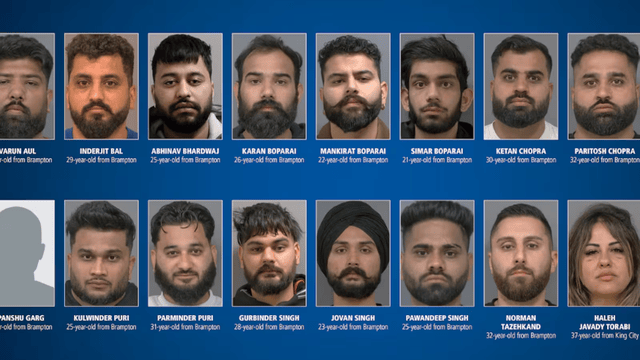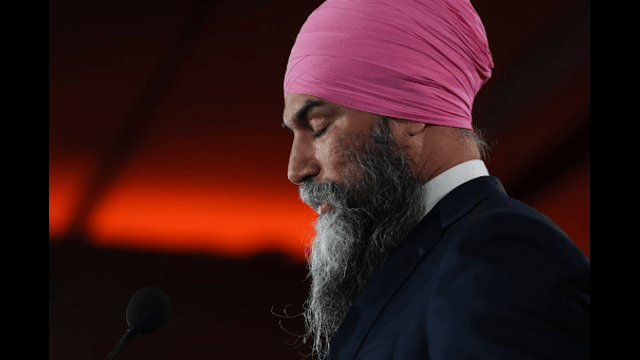
Immigration consultant Kubeir Kamal explained that in the past, many married applicants used to apply for Canadian permanent residency by listing their spouse as “non-accompanying” to get a better score. He added that this practice, though not new, has now become more widespread among those trying to improve their chances. Toronto Star
Canada’s Express Entry system gives skilled workers a chance at permanent residency. But now, the government is keeping a close watch on those who mark their spouse as “non-accompanying” to gain more points. This strategy might help increase one’s CRS score but could also lead to serious trouble.
What Is the “Non-Accompanying Spouse” Tactic?
In Express Entry, single applicants often score higher in the CRS system. That’s because the system calculates points based on age, education, language, and work experience. Married applicants may lose points if their spouse doesn’t have strong language skills or education. So, many declare their spouse as “non-accompanying,” meaning they won’t move to Canada together.
This move can boost the applicant’s score by up to 40 points. The plan for many is to sponsor their spouse later. While this is allowed, it becomes risky when the spouse is already in Canada.
Why Is IRCC Issuing More PFLs?
IRCC sends Procedural Fairness Letters (PFLs) when something in an application doesn’t add up. Lately, IRCC has been targeting people who say their spouse won’t accompany them but are already living with their spouse in Canada. If IRCC thinks you’re hiding something or not being honest, they will ask for proof. If the response is unclear or dishonest, the application could be rejected.
In rare but serious cases, IRCC can label it misrepresentation, which brings a five-year ban from applying again.
When Does IRCC Send a PFL?
There are several situations where IRCC sends a PFL:
1. Spouse Already in Canada
If your spouse is living or working in Canada and you claim they won’t accompany you, IRCC will question it. They’ll want to see proof that your spouse really plans to leave.
2. You Didn’t Update Changes
If your spouse moves to Canada after you apply and you don’t update IRCC, it’s seen as withholding information. This can result in a PFL.
3. Spouse Skips Medical or Biometrics
Even non-accompanying spouses must do medical checks and give fingerprints. If your spouse avoids this, IRCC will doubt your declaration.
4. Weak or Confusing Reasons
Just saying “personal reasons” for a non-accompanying status isn’t enough. IRCC wants solid proof, like a job offer abroad or family commitments outside Canada.
5. Plan to Sponsor Later
If IRCC thinks you only marked your spouse as non-accompanying to get a higher score and plan to bring them later, they may act against your application.
What Happens If You Fail to Respond Well?
If your PFL reply is weak, incomplete, or dishonest, IRCC may:
- Refuse your application
- Find you guilty of misrepresentation
- Ban you from applying for five years
- Cancel your permanent resident status even after it’s granted
What Experts Suggest
Immigration experts say the trick is to be honest and prepared. Always give full details. If your spouse is in Canada, explain clearly why they aren’t accompanying you. Back your statement with solid proof, like a job contract abroad. A lawyer or consultant can help you draft a strong explanation.
They also suggest ordering your GCMS notes—these are internal notes IRCC uses to assess your file. This helps understand what IRCC is really concerned about.
How to Avoid Trouble
Follow these steps:
- Always include your spouse in the application, even if they aren’t coming.
- Be clear about your reasons and provide supporting documents.
- Update IRCC if anything changes after applying.
- Don’t make up stories or hide information.
- Get help from a licensed expert if needed.















